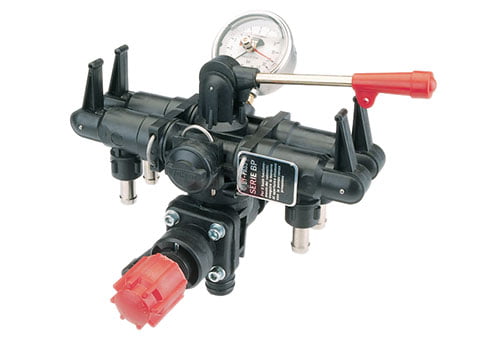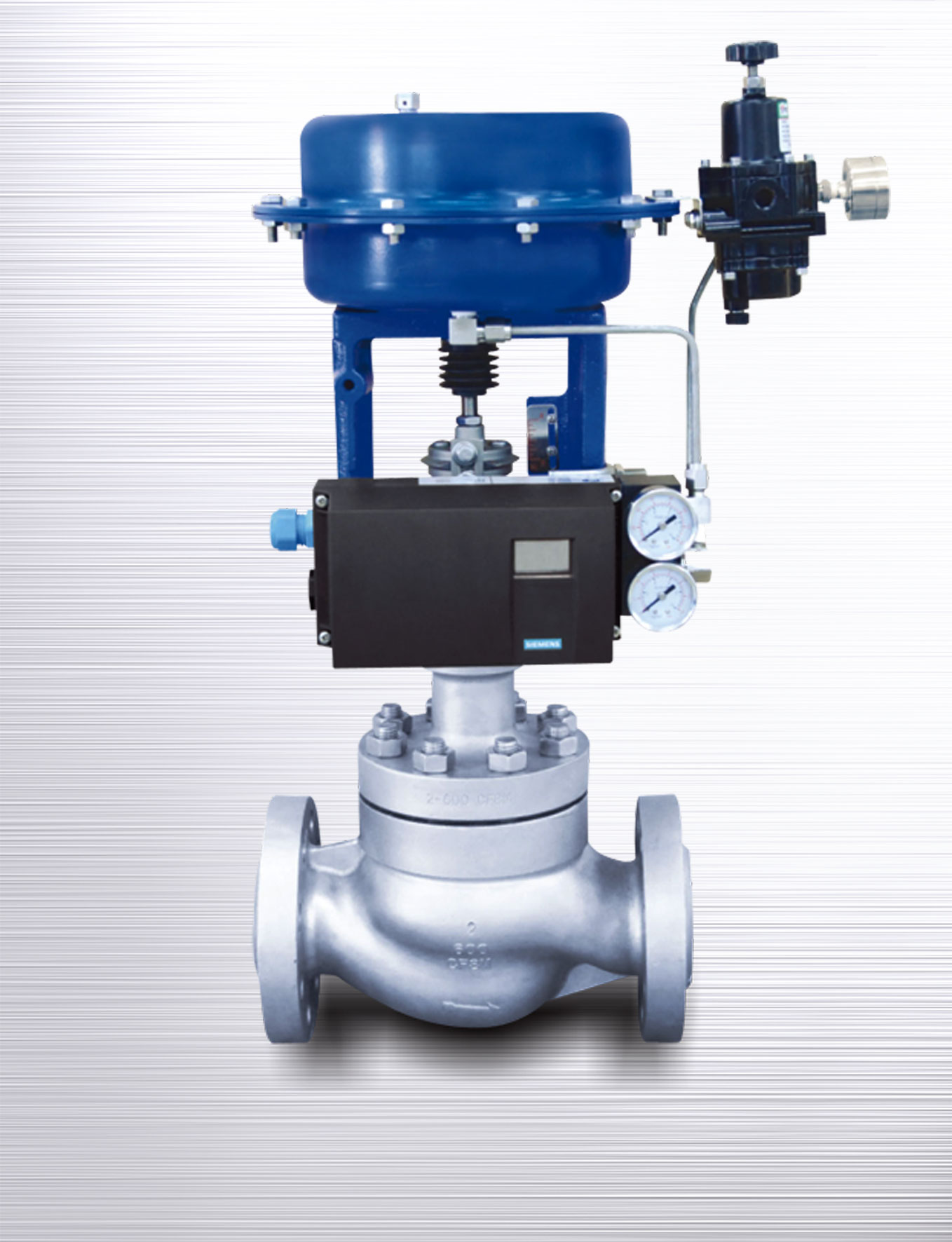Efficient Control Valves: Key Elements for Efficient System Administration
Efficient Control Valves: Key Elements for Efficient System Administration
Blog Article

Maximize Energy Savings and Comfort With Advanced Structure Automation Controls
In the realm of modern-day architecture and center management, the assimilation of sophisticated structure automation manages stands as a critical innovation. By harnessing the power of automation, buildings can adjust, respond, and progress in means that were once unthinkable.
Power Performance Advantages
Power effectiveness advantages can substantially reduce energy consumption and operational expenses in buildings. By applying energy-efficient techniques and technologies, building owners and drivers can achieve substantial financial savings while also adding to ecological sustainability. Among the main benefits of enhancing energy performance in structures is the decrease of energy expenses. Energy-efficient systems, such as innovative building automation controls, can enhance the usage of sources like lighting, cooling, and heating, leading to reduced power expenditures gradually.
Additionally, boosted energy efficiency can prolong the lifespan of building devices and systems. By operating much more successfully, heating and cooling systems, lighting components, and various other structure components experience much less damage, resulting in lowered upkeep and substitute expenses. Additionally, energy-efficient buildings often command greater residential or commercial property worths and rental rates, providing long-lasting financial benefits to proprietors.
In addition, energy efficiency can boost occupant comfort and productivity. Properly managed interior atmospheres with optimum lights and thermal problems develop a more favorable and positive work area, causing boosted staff member contentment and performance. Overall, the energy efficiency advantages related to sophisticated building automation controls are diverse, encompassing price financial savings, ecological stewardship, and resident wellness.
Improved Convenience Control
Enhancing comfort control in structure settings requires an advanced combination of advanced automation systems for ideal resident wellness. By making use of advanced structure automation controls, facilities can customize the interior atmosphere to fulfill the certain demands and choices of residents. control valves.
By including these advanced controls, buildings can not just enhance comfort but also boost power performance by optimizing system operations based on actual tenancy and use patterns. Eventually, focusing on passenger comfort through advanced automation systems leads to a more pleasurable and healthier interior atmosphere.
Functional Effectiveness Improvements

Additionally, the implementation of real-time surveillance and analytics tools allows building drivers to identify power inefficiencies and functional abnormalities quickly. By continuously checking power use patterns and click here to read system performance metrics, adjustments can be made in real-time to optimize power consumption and make certain peak operational performance. control valves. Additionally, integrating demand response methods right into building automation controls can additionally boost functional performance by dynamically adjusting power usage based upon grid conditions and pricing signals
Indoor Environment Optimization
Reliable interior climate optimization is a basic element of building automation controls, guaranteeing passengers' convenience and health while making the most of energy financial savings. By utilizing sophisticated sensing units and controls, building automation systems can continually keep track of and change temperature level, humidity levels, air top quality, and ventilation to create an optimal indoor atmosphere. Maintaining comfy and constant conditions not just improves owner satisfaction but also increases performance and total health.
Interior environment optimization likewise plays an important function in energy effectiveness. By fine-tuning cooling, ventilation, and home heating systems based upon real-time data and occupancy patterns, constructing automation controls can considerably reduce power consumption - control valves. Carrying out strategies such as demand-controlled ventilation and thermal zoning can aid lessen power waste while guaranteeing that each location of the building obtains the needed conditioning.

Lasting Atmosphere Creation
Structure automation controls not just optimize interior climate problems for power performance and passenger comfort however also lay the foundation for developing a lasting environment with critical administration of sources and systems. By incorporating advanced building automation modern technologies, such as sensors, actuators, and smart software, facilities can readjust and keep an eye on energy use in real-time to reduce waste and minimize their carbon impact. These systems see it here allow predictive maintenance, determining possible problems prior to they rise and enhancing devices efficiency to enhance durability and performance.
Furthermore, sustainable atmosphere production expands beyond energy administration to incorporate water preservation, waste reduction, and indoor air high quality enhancement. Structure automation controls can control water use, identify leaks, and guarantee appropriate waste disposal methods, adding to total sustainability initiatives. In addition, by monitoring and controlling ventilation and filtration systems, these technologies enhance resident health and wellness and efficiency while reducing energy consumption related to heating and cooling operations.
Final Thought
To conclude, advanced structure automation controls offer considerable benefits in terms of power cost savings, convenience control, operational efficiency, interior climate optimization, and creating a lasting setting. By applying these controls, structures can achieve optimum efficiency while minimizing energy intake and enhancing owner convenience. It appears that the usage of sophisticated automation technology is critical in enhancing structure performance and developing a much more sustainable future.
Energy effectiveness advantages can dramatically minimize power intake and operational prices in buildings. On the whole, the energy effectiveness advantages connected with innovative building automation controls are complex, including cost financial savings, environmental stewardship, and passenger wellness.
In addition, incorporating demand reaction techniques right into structure automation controls can further enhance operational efficiency by dynamically adjusting energy usage based on grid conditions and pricing signals.
Structure automation regulates not just linked here maximize interior environment problems for energy effectiveness and passenger convenience yet additionally lay the foundation for producing a lasting setting via strategic monitoring of systems and sources.In verdict, progressed building automation controls deal substantial advantages in terms of power cost savings, comfort control, functional performance, indoor climate optimization, and creating a lasting atmosphere.
Report this page